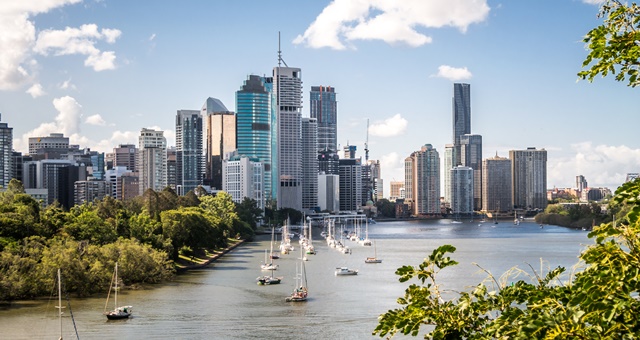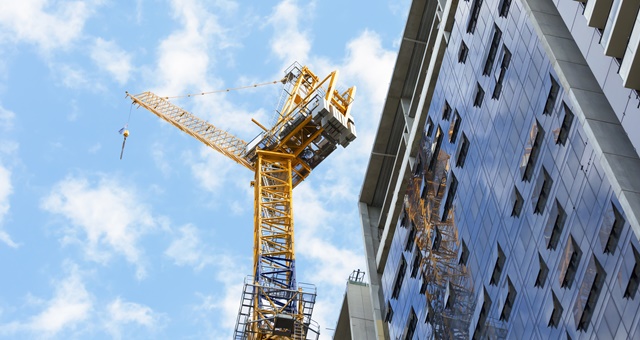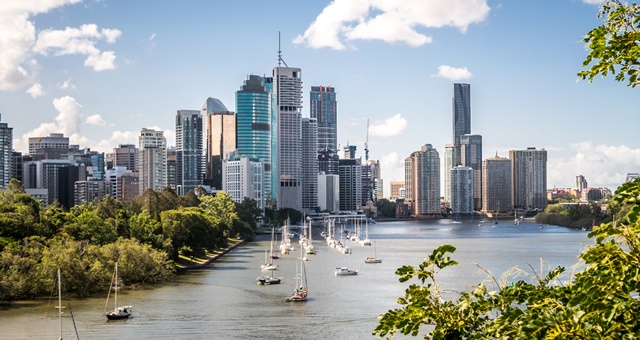
The first month of the new decade produced mixed results across the 14 major capital and regional cities in Australia and New Zealand, according to new STR figures released this week, with occupancies and RevPAR continuing to struggle.
While much of Australia was still in summer holiday mode, cities such as Canberra saw occupancies fall significantly compared to the previous year as government and industry gradually returned from their Christmas breaks.
Sydney and Melbourne continued to struggle as rampant room supply continues unabated, however the construction momentum could be readying a nasty bite in coming months as the effect of natural disasters, global health concerns and entry restrictions among major markets continues to bite the local hotel industry. The NSW and Vic capitals saw occupancies down 4.3% (to 76.9%) and 2.4% (to 75.9%) respectively, while RevPAR fell 5.5% (to $160.82) and 2.4% (to $153.85) in turn. Both cities saw new room supply come online, which added further pressure on revenues.

By far the standout performer through much of 2019, Hobart saw a 2% downturn in visitation (to 89.8%). RevPAR and Average Daily Rate weathered the storm, holding strong to climb 2.9% (to $193.64) and 4.9% (to $215.58) respectively.
The negativity in Australia’s overall figures was muted somewhat by the outstanding performance in Brisbane, which saw holidaymakers flock to the Sunshine State and send occupancies soaring 6.8% (to 65.3%) and RevPAR rates up 9.4% (to $95.51). The figures were helped by a mild 1.2% growth in new rooms coming online, with existing supply relishing in the challenge of catering to full houses. The situation was similar in Cairns, which enjoyed a stellar month with occupancy levels up 2.9% (to 68.3%) and a 4.8% spike in RevPAR (to $98.10).
New Zealand occupancies also continued to struggle, with only Auckland recording positive growth across all metrics. Occupancy climbed 0.7% (to 80.4%), while RevPAR posted a strong 2.2% climb (to $160.33). Christchurch and Wellington saw occupancies fall by 6.6% (to 78.2%) and 8.7% (to 65.6%) as new room supply entered the market.

